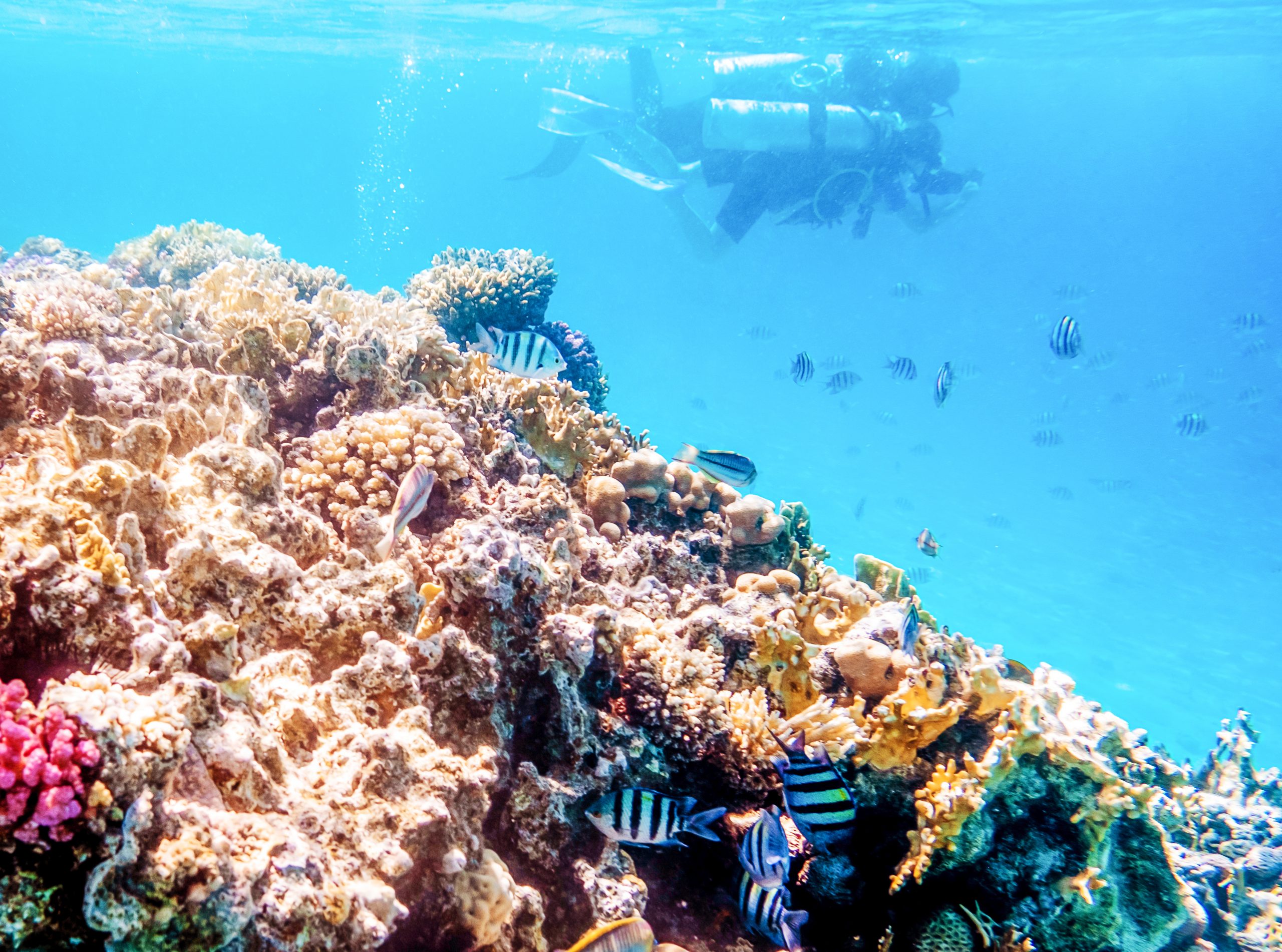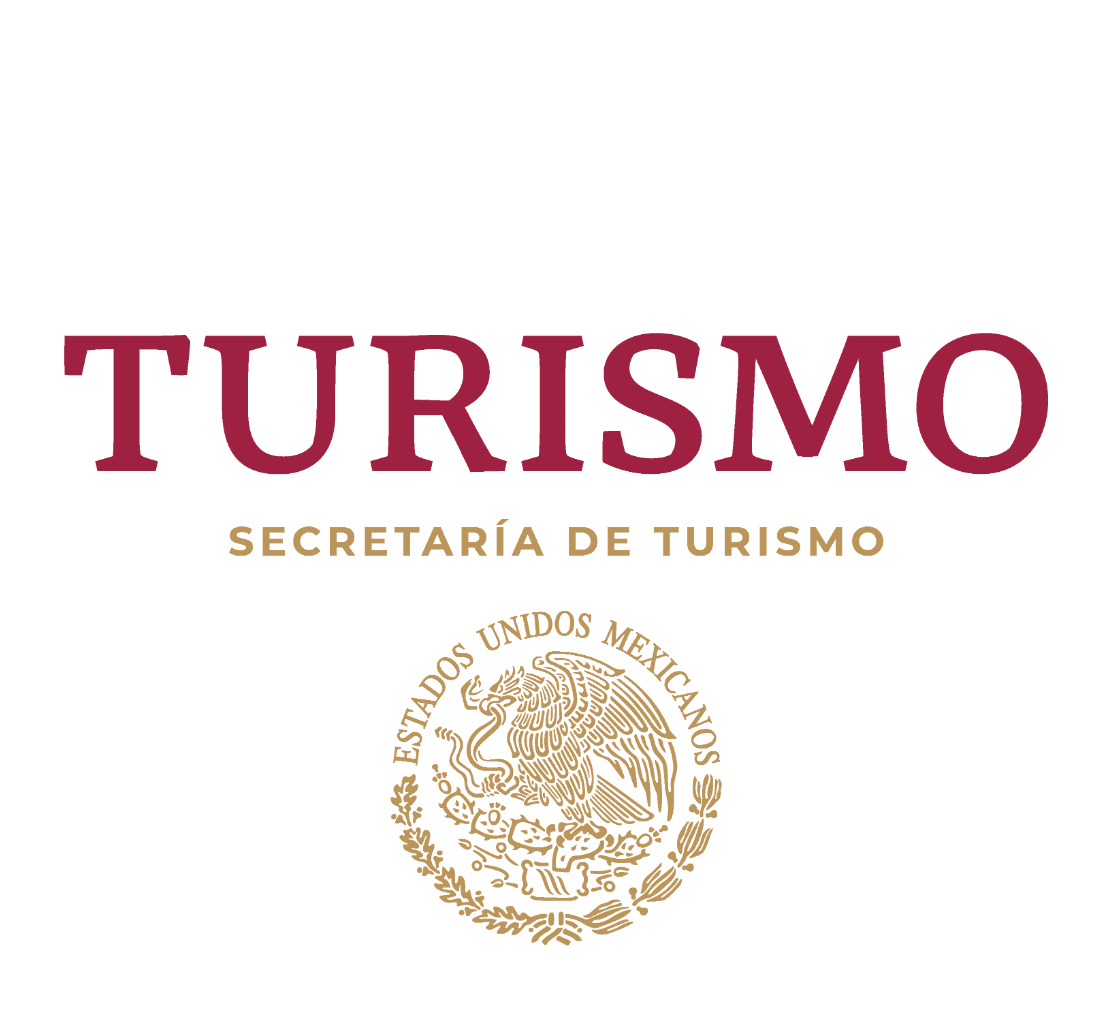Sustainable tourism development zones, an opportunity for a coastal and marine tourism model in Mexico
In order to envision a shift towards a sustainable coastal tourism by 2030 we need to set specific goals that will assure results by 2025. This means that in the next three years we need to set the basic building blocks that will sustain and ensure sustainable tourism models for biodiversity-rich coastal and marine areas. Furthermore, if we want to start envisioning what a sustainable tourism must look like in 2050, we must immediately establish a stable and sustainable foundation by 2030.
‘Mainstreaming Biodiversity Conservation Criteria in Mexico’s Tourism Sector with Emphasis on Biodiversity-Rich Coastal Ecosystems’, better known as Kuxatur (or ‘Living Tourism’ in the Mayan language Yucatec), is a unique Global Environment Facility (GEF) project launched in Mexico City in October 2020 with the UN Development Programme (UNDP) as implementing agency and, as implementing partners, Mexico’s Ministries of Tourism and of Foreign Affairs and NGOs based in three Mexican states: Amigos de Sian Ka’án in Quintana Roo, ISLA in Baja California Sur and World Wildlife Fund (WWF) on the coast of Oaxaca.
Kuxatur will lay the foundation for sustainable tourism by 2025 focusing on the establishment of sustainable tourism development zones (zonas de desarrollo turístico sustentable, or ZDTS), which will be piloted in three regions and will function as tangible and replicable models.
The main outcome is expected to be a viable model for a sustainable coastal and marine tourism in which the three levels of government, the private sector, academia and civil society will strengthen their respective capacities to reverse environmental degradation and take advantage of natural resources in a sustainable and equitable manner. The foregoing will be achieved through the mainstreaming of biodiversity, environmental sustainability, low-emission development and the blue and green economy in the process of legislation, planning and decision-making.
Sustainable tourism development zones
The ZDTS model offers an alternative scenario based on the mainstreaming of biodiversity conservation safeguards in the tourism sector through a new sustainable tourism development model, one that can be replicated with best practices for other tourism development initiatives.
Presently two ZDTS are being established: one in Punta de Mita, in the state of Nayarit, and another one in Tulum, in Quintana Roo. Kuxatur aims to establish three additional ZDTS in the three pilot projects:
- Maya Ka’an in Quintana Roo with Amigos de Sian Ka’án
- The coast of Oaxaca from Huatulco to Lagunas de Chacahua with WWF
- Baja California Sur from La Paz–Sierra la Laguna to Los Cabos with ISLA
The present situation of these richly biodiverse coastal tourism zones is the following:
- Ecosystem degradation and loss of biodiversity.
- Loss of ecosystem services.
- Lack of biodiversity conservation safeguards for tourism development, which has progressively encroached on fragile ecosystems, including biodiversity rich coastal areas.
- Inadequate financial and compensatory mechanisms and incentives to promote sustainable tourism development, resulting in unabated biodiversity-intensive tourism activity, mainly related to boating, fishing and diving, but also other activities.
To achieve its goals, the ZDTS model proposes four key shifts:
- Strengthen the institutional, regulatory and policy framework.
- Enable favourable conditions in the tourism sector for rectifying market failures and catalyse financing for biodiversity conservation.
- Mainstream biodiversity in coastal tourism development and operation with co-benefits in blue carbon enhancement.
- Promote knowledge management and learning.
Building back better: A catalyst for change
The global pandemic offers an unprecedented opportunity to transform coastal and marine tourism, as visitors are keen to explore nature and find new ways to travel. Social distancing has brought tourism to a new dimension in which mass tourism is shifting towards ecotourism and the exploration of nature. Also, environmental awareness has increased and the threat of climate change and loss of biodiversity have become real and tangible. The pandemic has also opened a valuable opportunity for communities living in ZDTS to develop new business models and sustainable tourism infrastructure.
The pandemic has also increased threats to sustainable coastal tourism. Developers have seen new business opportunities in attractive coastal areas and have started to apply the same unsustainable tourism model, increasing the pressure on already fragile ecosystems.
As people have become used to working from home, it has become evident that it is no longer necessary to live in a crowded and expensive city, and this has triggered migration to attractive coastal tourism sites previously considered vacation places. As tourists have become permanent residents, new challenges and threats have become evident:
- A lack of basic infrastructure to support a fast-growing population (waste water management, solid waste management, transportation, supply chains, etc.).
- Increased pressure on local landowners and communities (ejidos and bienes comunales) to sell their land to developers and real estate investors, thus increasing the pressure on natural protected areas and nature reserves and leaving local communities without land ownership.
- A lack of proper and long-term coastal tourism planning.
- Increased environmental pressure on coastal ecosystems such as forests, mangroves and coral reefs.
- A lack of biodiversity and conservation safeguards for tourism development.
- New highways and transportation infrastructure that harm basic and fragile ecosystems providing environmental services and tourist attractions.
For this reason, new tourism models that are innovative and sustainable need to be implemented urgently.
Transformation: The role of coastal and marine tourism in a sustainable ocean economy
Kuxatur hopes to transform these three zones by legally protecting them through the presidential decree of ZDTS. To qualify to become a ZDTS, a site needs to meet specific requirements following the guidelines of the Ministry of Tourism SECTUR in order to ensure its sustainability.
Establishing long-term public policy and economic incentives to promote biodiversity-friendly tourism, and encouraging active participation by local authorities and communities, should bring an enduring change. This change will have a transformative impact on all sectors of society and will lay the foundations for a sustainable tourism.
Kuxatur’s mission is to include local communities in the sustainable tourism development model by enhancing capacity building, implementing new sustainable business models, mainstreaming gender equity and including young people’s active participation in all planning processes. The main objective is to strengthen local communities and ensure them direct economic benefits from tourism and the conservation of biodiversity.
Also, the Indigenous Peoples Programme is integral to the development of Kuxatur and includes equity and integration of ancestral and biocultural knowledge, values and organisation. Kuxatur has developed a strategic yearly planning system for specific activities advancing achievement of its goals. In all three pilot sites, an inclusive and participatory model is in constant development, including federal, state and local authorities, communities, NGOs, the private tourism sector, academia and other important stakeholders. With this support, the project aims by 2025 to establish at least three ZDTS that will serve as models that can be replicated in other coastal tourism sites with the potential to turn into ZDTS.


 Previous
Previous


